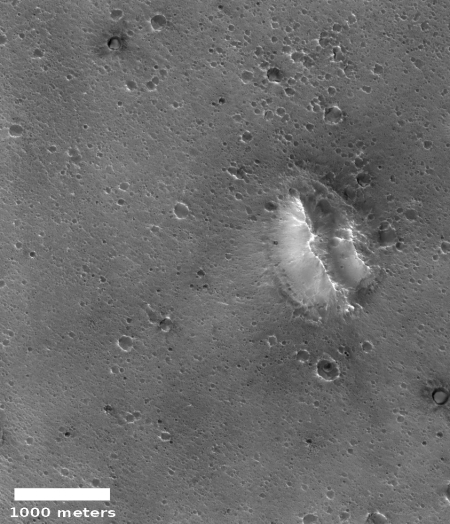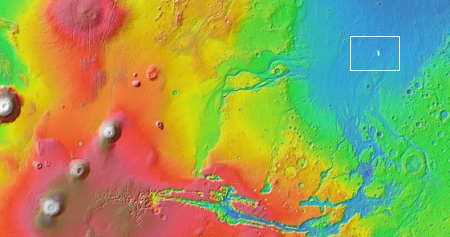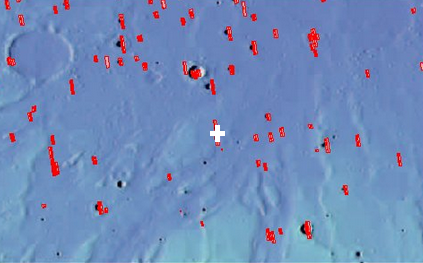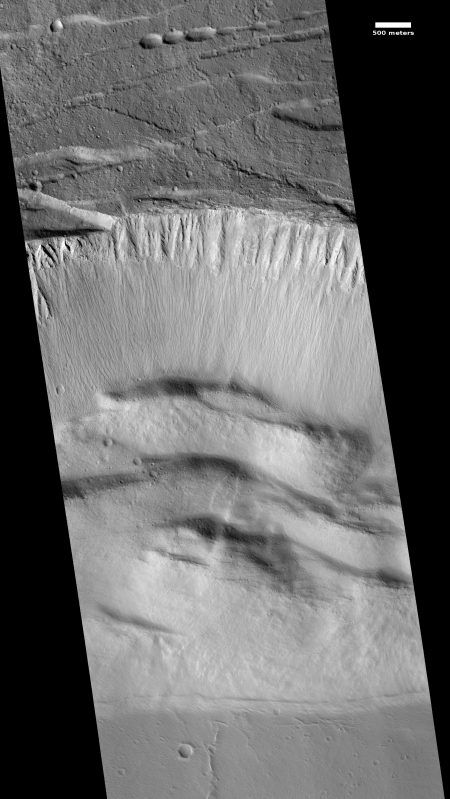Russia releases video of October Soyuz launch, showing failed strap-on release
Russia has released video from the outside of its Soyuz rocket during the failed October 11 Soyuz launch, showing one of the rocket’s four strap-on boosters not releasing properly.
The key moment of the video, embedded below, is at 1:25. The booster on the left does not appear to release at its top. The article at the link says the Russians now believe that a failed sensor prevented the opening of a valve that would allow the venting of oxygen to push the booster away.
Russia has released video from the outside of its Soyuz rocket during the failed October 11 Soyuz launch, showing one of the rocket’s four strap-on boosters not releasing properly.
The key moment of the video, embedded below, is at 1:25. The booster on the left does not appear to release at its top. The article at the link says the Russians now believe that a failed sensor prevented the opening of a valve that would allow the venting of oxygen to push the booster away.







